Growing Geriatric Population
The aging population in the US is a significant driver of the thrombus treatment market. As individuals age, the risk of thrombus-related conditions increases, necessitating effective treatment options. By 2030, it is estimated that around 20% of the US population will be aged 65 and older, a demographic that is particularly susceptible to thromboembolic events. This demographic shift is likely to create a higher demand for thrombus management solutions, prompting healthcare providers to focus on developing targeted therapies for older patients. Consequently, the thrombus treatment market is expected to grow in response to the needs of this expanding population segment.
Increased Healthcare Expenditure
The thrombus treatment market is benefiting from the rising healthcare expenditure in the US. With healthcare spending projected to reach approximately $6 trillion by 2027, there is a growing allocation of funds towards advanced medical treatments and technologies. This increase in expenditure is likely to enhance access to thrombus treatment options, including novel anticoagulants and minimally invasive procedures. Furthermore, as healthcare policies evolve to support innovative therapies, the thrombus treatment market is expected to expand, providing patients with more effective and accessible treatment alternatives.
Advancements in Diagnostic Technologies
The thrombus treatment market is significantly influenced by advancements in diagnostic technologies. Enhanced imaging techniques, such as CT angiography and ultrasound, allow for earlier and more accurate detection of thrombus formation. This early detection is crucial for timely intervention, which can drastically improve patient outcomes. The integration of artificial intelligence in diagnostic tools is also gaining traction, potentially increasing the efficiency of thrombus identification. As these technologies become more widely adopted, they are expected to facilitate better treatment planning and management, thereby propelling the growth of the thrombus treatment market in the US.
Regulatory Support for Innovative Therapies
The thrombus treatment market is positively impacted by regulatory support for innovative therapies. The US Food and Drug Administration (FDA) has been actively streamlining the approval process for new anticoagulants and thrombectomy devices, encouraging the development of novel treatment options. This regulatory environment fosters innovation and allows for quicker access to advanced therapies for patients. As a result, the thrombus treatment market is likely to see an influx of new products that can address unmet medical needs, ultimately improving patient care and outcomes.
Rising Incidence of Cardiovascular Diseases
The thrombus treatment market is experiencing growth due to the increasing prevalence of cardiovascular diseases in the US. Conditions such as atrial fibrillation and deep vein thrombosis are becoming more common, leading to a higher demand for effective thrombus management solutions. According to recent statistics, cardiovascular diseases account for approximately 697,000 deaths annually in the US, highlighting the urgent need for innovative treatment options. This rising incidence is likely to drive investments in research and development, as healthcare providers seek to improve patient outcomes. Consequently, the thrombus treatment market is poised for expansion as new therapies and technologies emerge to address these pressing health challenges.


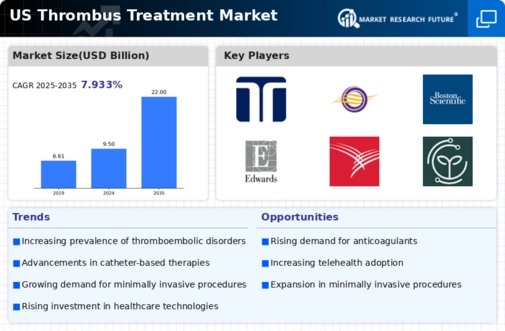
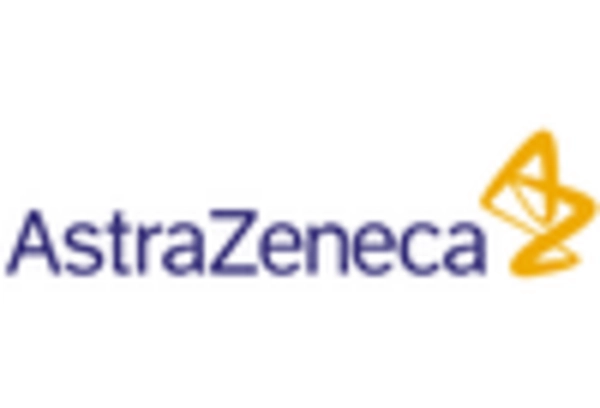
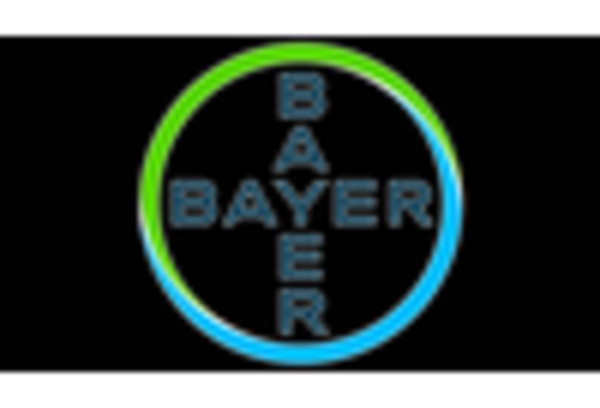
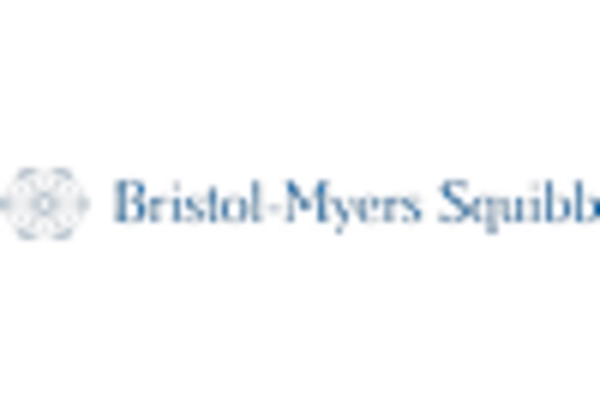
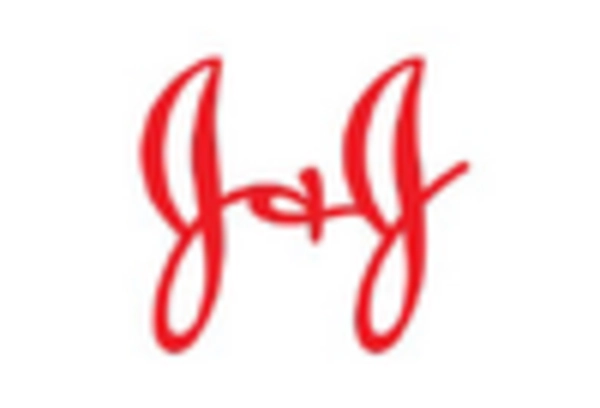
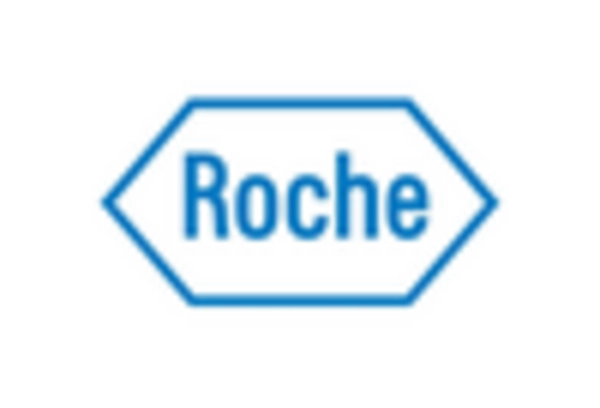
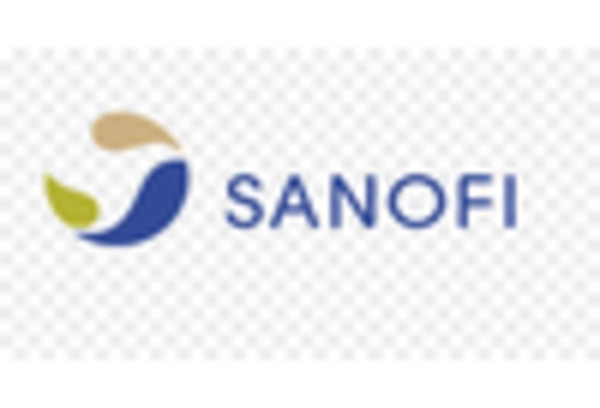








Leave a Comment